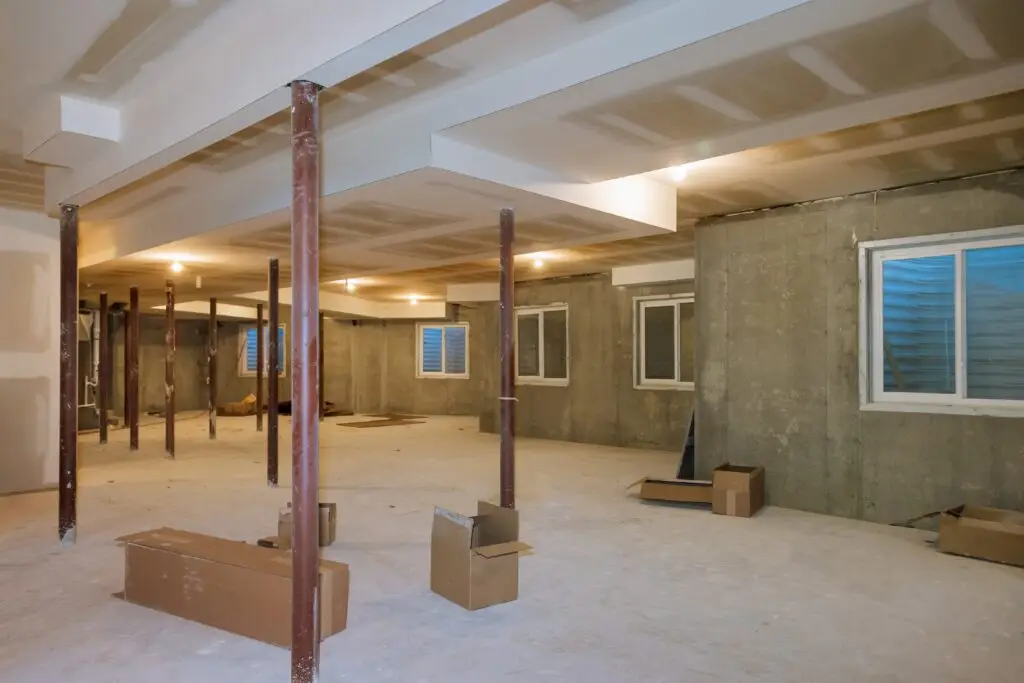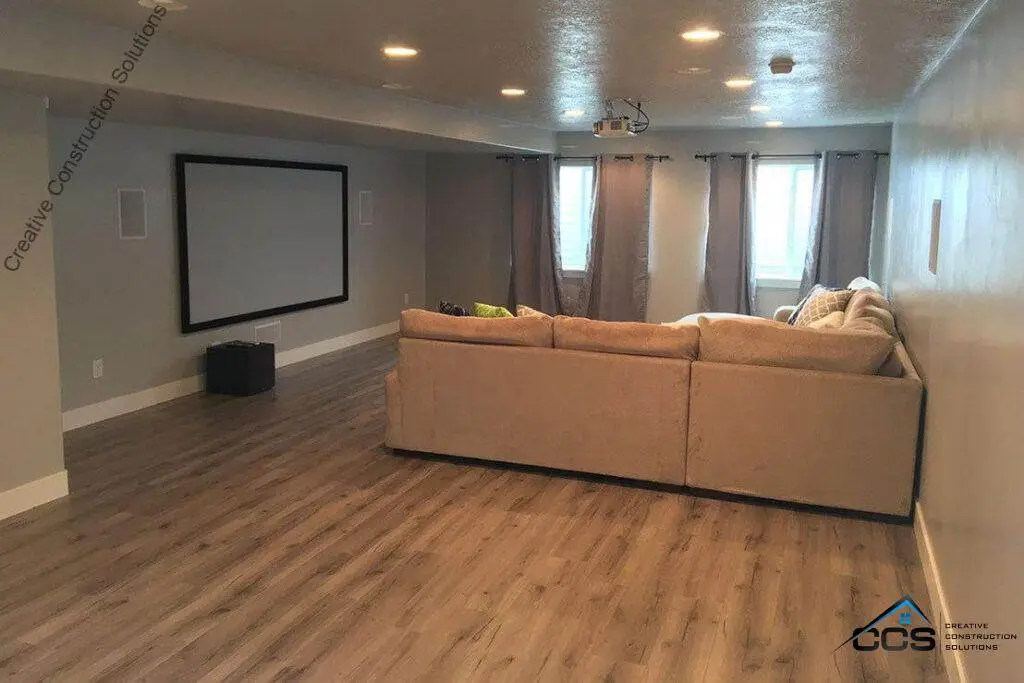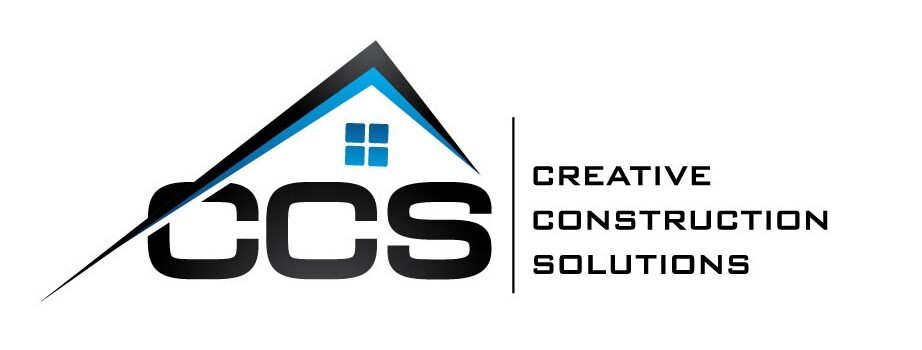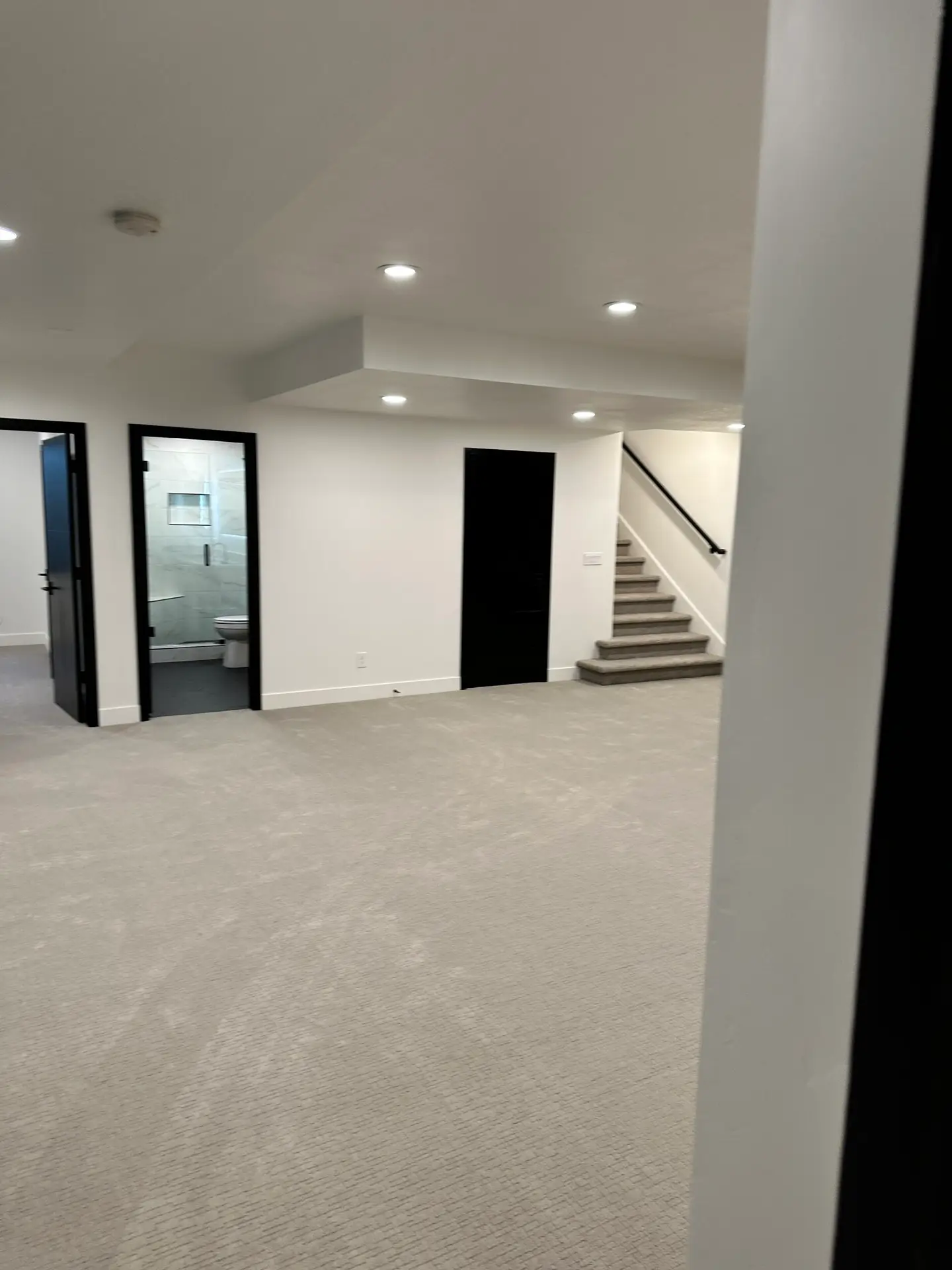Introduction: Why Basement Design Matters More Than Ever
The basement is quickly becoming one of the most valuable and versatile areas of the house. Whether you’re dreaming of a cozy family lounge, a sleek home office, or a high-performance gym, a well-executed basement design can turn an ordinary lower level into an extraordinary living space. More homeowners are realizing that a thoughtfully designed basement isn’t just about looks, it’s about lifestyle. It’s where form meets function, comfort meets creativity, and your vision becomes reality. When done right, your basement can enhance daily living, increase your property value, and reflect your unique personality and needs.
In this ultimate guide, we’ll walk you through every step of the process, from layout and lighting to storage and personalization. Whether you’re starting from scratch or re-imagining a dated space, this is your roadmap to crafting a custom basement design in Utah that checks every box and maybe even a few you hadn’t considered.
Key Considerations Before Starting Your Utah Basement Design
Before you dive into floor plans and finish selections, it’s essential to lay a strong foundation both literally and figuratively for your basement design. A dream basement starts with smart planning, and that means taking a few critical factors into account from the very beginning.
Assess the Space
Not all basements are created equal. Ceiling height, foundation type, existing plumbing, and natural lighting all play major roles in shaping what’s possible. Walk through the space with a fresh perspective and take note of potential challenges like low beams, support columns, or moisture-prone corners. Knowing your limitations early on will help you design with intention and avoid costly surprises later.
Define Your Purpose
A successful custom basement design begins with clear goals. Are you building a family hangout zone? A guest suite? A rental unit or home theater? The function of the space will directly impact the layout, material choices, and even code requirements. When you know how you want to use the space, you can prioritize features that truly add value.
Understand Local Codes and Permits
Utah has specific building codes for basements, especially concerning ceiling height, egress windows, electrical, and plumbing. Failing to meet these requirements can delay your project or make it non-compliant. Consulting with a local basement design professional or contractor early on ensures you stay on track and within the law.
Plan Your Budget
Basement design can range from modest updates to full-scale luxury builds. Set a realistic budget that includes materials, labor, permits, furnishings, and a contingency for the unexpected. A good budget doesn’t just protect your finances, it also helps streamline decisions along the way.
Taking the time to consider these essential elements helps ensure your dream basement is beautiful, functional, and built to last. Planning is where every great design story begins.
Top Trends in Custom Basement Design in Utah
Utah homeowners are no longer settling for basic or unfinished basements. Instead, they’re embracing thoughtful, stylish, and highly personalized design elements that reflect how they truly live. From minimalist aesthetics to multifunctional layouts, here are the latest trends shaping custom basement design:
Multi functional Living Spaces
One of the biggest trends is creating flexible rooms that serve more than one purpose. Think open-concept layouts that combine a family room with a home gym, or a playroom that can transform into a guest suite with built-in murphy beds. These dynamic spaces adapt to changing lifestyles and offer more value per square foot.
Home Theaters and Media Lounges
With the popularity of streaming and smart home tech, many Utah basements are being transformed into immersive media hubs. From tiered seating and acoustic wall panels to smart lighting and surround sound, these spaces are designed for comfort and high-quality entertainment.
Basement Wet Bars and Mini Kitchens
Entertaining at home is on the rise, and so is the demand for functional hosting spaces. Adding a sleek wet bar or kitchenette is a top feature in modern Utah basement design, making it easy to entertain without going upstairs for every snack or drink.
Natural Tones and Modern Finishes
Design preferences are shifting toward calming, neutral palettes with natural wood, soft greys, matte black fixtures, and minimalist decor. These choices make the space feel warm, bright, and inviting, even underground. Layered lighting and strategically placed mirrors are also popular for enhancing depth and ambiance.
Wellness and Fitness Areas
As more homeowners prioritize health and self-care, wellness zones are becoming staples in custom basement designs. This could include home gyms, yoga studios, or even spa-like bathrooms with steam showers and relaxation nooks.
Trends like these prove that a basement is no longer just “bonus space.” It’s a fully integrated extension of the home and when tailored thoughtfully, it can be one of the most impactful design investments you’ll make.

Smart Layout Planning: Function Meets Flow
A successful basement design starts with a layout that blends purpose with comfort. Before you think about furniture or finishes, it’s important to map out how the space will work and feel.
Zoning is key. Separating the basement into functional areas makes the space more organized and intuitive. Think entertainment zone, workspace, guest quarters, or even a fitness area. Each zone should serve a clear purpose and be placed where it makes the most sense for privacy, sound, and accessibility.
Flow matters too. Your layout should allow for smooth movement throughout the basement. Avoid narrow hallways or cramped pathways that make rooms feel disconnected. Even in open-concept basements, defining zones with rugs, lighting, or partial dividers helps maintain order and comfort.
Plan around practical systems. Consider the location of plumbing, electrical panels, and HVAC units early in the design. Keeping bathrooms and kitchenettes near existing plumbing lines saves money and construction time.
Don’t overlook egress. Building code in Utah requires proper exits in sleeping areas and main living spaces. Make sure your layout incorporates window wells or doors for safety and compliance.
By aligning your basement’s structure with your lifestyle needs, you’ll achieve a smart, flowing design that feels natural and functional every step of the way.
Lighting and Color: Bright Ideas for Beautiful Spaces
Lighting and color can completely transform the way a basement feels. Since basements in Utah typically have fewer windows and less natural light, smart design choices in these areas are essential to avoid a dark, cramped atmosphere.
Start with layered lighting. Relying on a single overhead fixture will leave your space feeling flat and dim. Instead, combine ambient lighting (recessed ceiling lights or flush mounts) with task lighting (like desk lamps, under-cabinet strips, or sconces) and accent lighting (such as LED strips or decorative fixtures). This approach adds depth and flexibility to your basement design, making it feel warm and inviting at all times of day.
Choose colors that reflect light. Neutral tones such as soft greys, warm beige, creamy whites, or pale blues help bounce light around the room and create a more open atmosphere. Avoid dark paint on walls or ceilings unless it’s in a controlled area like a home theater. Light-colored flooring and reflective surfaces like glass or metal also enhance brightness.
Maximize whatever natural light exists. If your basement has windows or a walk-out section, design the layout to allow that daylight to flow freely. Use light window treatments or none at all, and avoid placing tall furniture in front of these valuable openings.
With the right combination of lighting and color, even the deepest corner of your basement can feel fresh, cheerful, and completely livable. It’s one of the most powerful ways to make your design feel like an intentional part of the home, not just an afterthought.
Storage Solutions That Don’t Sacrifice Style
Smart storage is essential in any well-designed basement, especially when you want to keep the space functional without clutter. The key is to integrate storage seamlessly into your basement design so it supports daily use while maintaining a polished look. Built-in shelving along walls can double as display space and storage, perfect for books, games, or decorative items. Under-stair storage is another often-overlooked area that can house seasonal items or cleaning supplies. If you’re creating a family room or kids’ play zone, consider built-in benches with hidden compartments or floating cabinets that keep the floor space open.
For bedrooms or guest suites, include full closets or wardrobe-style units with sleek finishes. Even media centers and wet bars can feature clever cabinetry for added organization. When storage is beautifully designed and well-placed, it adds both form and function, elevating your custom basement design from practical to exceptional.
Personalizing Your Space: Entertainment, Work, and Wellness Zones
The beauty of a well-thought-out basement design lies in its ability to reflect your unique lifestyle. Rather than copying a generic layout, consider how your basement can serve your daily needs with spaces designed for entertainment, productivity, and wellness.
For entertainment, home theaters or gaming lounges with surround sound and cozy seating offer a fun escape without leaving the house. If you host often, add a wet bar or wine cellar to enhance the experience. For work-from-home professionals, a quiet office nook with built-in storage and proper lighting creates a productive, separate environment.
Wellness is another rising priority. Many homeowners are turning basement corners into yoga studios, home gyms, or even spa-inspired retreats with steam showers or massage tables. Each of these zones can be designed to flow seamlessly into the next, ensuring that your custom basement design is truly a reflection of how you live and unwind.

Mistakes to Avoid in Your Basement Design
Even the most exciting Utah basement design projects can run into trouble without careful planning. Avoiding common mistakes ensures your space is both beautiful and functional for the long haul.
Here are key pitfalls to watch out for:
- Neglecting moisture control: Failing to waterproof before finishing can lead to mold and long-term damage. Always assess and address any signs of dampness first.
- Poor lighting design: Relying solely on overhead lights creates a dim, flat space. Use layered lighting to add warmth and depth.
- Skipping proper insulation: Without adequate insulation, basements can feel cold, noisy, and uncomfortable year-round.
- Ignoring code requirements: Not including egress windows in sleeping areas or skipping permits can create safety hazards and legal issues.
Taking the time to address these details helps protect your investment and ensures your custom basement design enhances both comfort and value for years to come.
Working with a Professional for Custom Basement Design in Utah
Designing a dream basement involves more than picking paint colors and furniture, it requires technical knowledge, creative vision, and careful coordination. That’s why working with an experienced professional is one of the smartest decisions you can make for your custom basement design.
A professional designer or contractor brings clarity to the process, helping you navigate layout options, building codes, lighting plans, and material selections with ease. They can also foresee challenges you might overlook, such as moisture barriers, insulation needs, or load-bearing walls. Most importantly, they tailor the design to your lifestyle, ensuring your basement functions exactly the way you need it to.
From initial consultation to final walk-through, a trusted expert turns your ideas into a cohesive, beautiful space. If you want your basement to add lasting comfort and value to your home, partnering with someone who understands basement design is essential to getting it done right the first time.
Conclusion: Bringing Your Dream Basement to Life
Your basement holds more than just extra square footage, it holds untapped potential. With thoughtful planning, smart design choices, and a clear vision, you can transform it into a vibrant, functional, and deeply personal extension of your home. Whether you’re looking to entertain, relax, work, or simply expand your living space, a well-crafted Utah basement design can elevate your everyday experience.
The key is designing with purpose, considering how the space will flow, function, and feel. From cozy lighting and custom storage to multi-use layouts and wellness zones, every detail adds value to your life and home.
If you’re ready to go beyond basic and bring your vision to life, CCS of Utah is here to help. As your trusted partner in custom basement design in Utah, we’ll guide you from concept to completion, ensuring every inch of your basement reflects quality, comfort, and the way you truly want to live.
Contact us today to schedule your personalized design consultation!
FAQs: Utah Basement Design
1. How do I start planning my basement design?
Begin by defining your goals for the space, assessing its current condition, and consulting with a design professional familiar with Utah’s building codes.
2. What are the most popular uses for a finished basement in Utah?
Common choices include home theaters, guest suites, offices, gyms, and family entertainment areas, tailored to fit your lifestyle.
3. Is a permit required for basement remodeling in Utah?
Yes, most basement projects require permits for structural, electrical, and plumbing work. A professional will help ensure your design meets local codes.
4. How long does a custom basement design project typically take?
Design and construction timelines vary, but most custom basement projects in Utah take 6 to 12 weeks depending on size and complexity.


